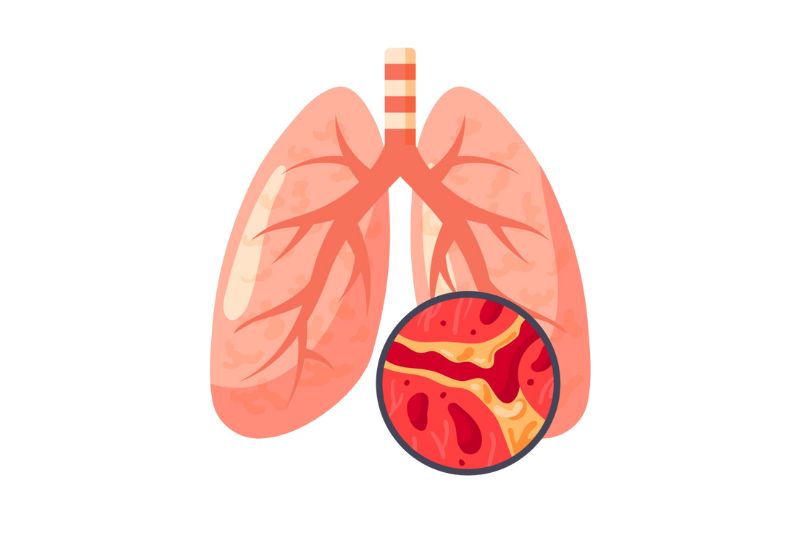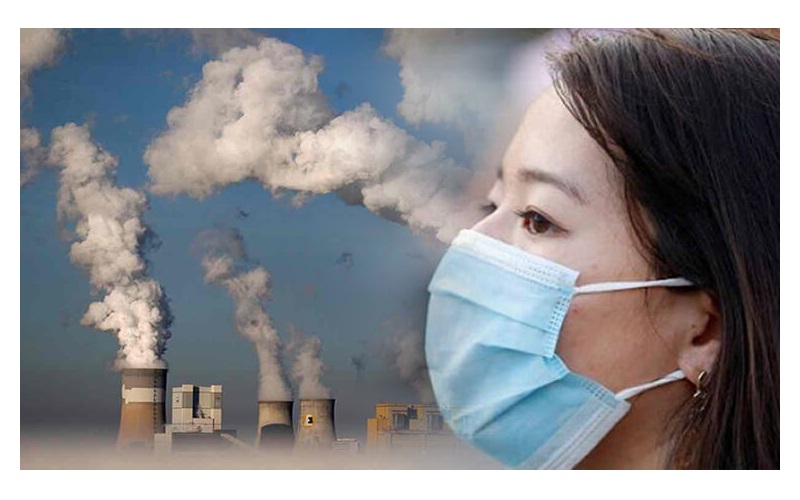Acute bronchitis is a common respiratory condition, particularly prevalent during seasonal changes or in colder weather. It often develops following a viral upper respiratory infection, such as the flu. Typical acute bronchitis symptoms include coughing, mucus production, sore throat, low-grade fever, and fatigue. While generally self-limiting, if left untreated, the condition can lead to complications especially in the elderly, young children, and individuals with chronic illnesses. This article provides a comprehensive overview of acute bronchitis symptoms, treatment strategies, and prevention tips.
1. What Is Acute Bronchitis?
Acute bronchitis is the inflammation of the bronchial tubes – airways that carry air to and from the lungs. The condition is primarily caused by viral infections, including influenza A and B, adenoviruses, and coronaviruses. In some cases, atypical bacteria such as Mycoplasma pneumoniae or Chlamydia pneumoniae can also be responsible.
The disease spreads via respiratory droplets when an infected person coughs, sneezes, or talks. Touching contaminated surfaces and then touching the nose or mouth can also lead to transmission.

Acute bronchitis is an inflammation of the airways (bronchi) in the lungs.
2. Common Acute Bronchitis Symptoms and How to Manage Them
2.1 Key Acute Bronchitis Symptoms
Acute bronchitis symptoms usually appear following a cold or flu. Early signs may include fever, headache, body aches, sore throat, sneezing, nasal congestion, and a runny nose. As the infection progresses, a persistent cough develops either dry or with mucus (phlegm). Some individuals may experience chest discomfort, wheezing, or mild difficulty breathing.
If symptoms such as a productive cough, chest pain, shortness of breath, or fever persist for more than five days, medical attention is advised to rule out more serious conditions such as pneumonia.
2.2 Treatment Options for Acute Bronchitis
Antibiotic Use
Since most cases of acute bronchitis are viral, antibiotics are generally not recommended. However, antibiotics may be prescribed if a bacterial infection is suspected—such as in cases with thick, green, or yellow phlegm. High-risk individuals, including those with chronic heart, lung, or immune-related conditions, may also require antibiotic treatment.
Symptomatic Relief
– Stay well-hydrated to help loosen mucus.
– Use expectorants to facilitate mucus clearance if the phlegm is thick.
– Avoid over-the-counter cough suppressants unless prescribed, as they may hinder mucus expulsion.
Preventive Measures
– Avoid exposure to smoke, dust, and pollutants.
– Dress warmly in cold weather.
– Receive annual influenza and pneumococcal vaccinations, especially for older adults and those with chronic illnesses.
– Practice good oral and nasal hygiene.
– Treat upper respiratory infections promptly to prevent progression.

Maintain proper oral hygiene habits.
3. How Acute Bronchitis Affects the Body
In acute bronchitis, the infection inflames the inner lining of the bronchial tubes. This inflammation narrows the airways, leading to coughing and sometimes wheezing or shortness of breath. Mucus production increases, and the body mounts an immune response to fight the infection. Once the immune system overcomes the virus or bacteria, symptoms gradually resolve, and normal respiratory function returns.
4. When to See a Doctor
Seek medical evaluation if you experience:
– Persistent cough lasting more than a week
– Discolored or bloody phlegm
– Shortness of breath
– Chest tightness or pain
– High fever or extreme fatigue
Early diagnosis and proper management help prevent complications and speed recovery.
5. Causes and Risk Factors
While viral infections remain the primary cause, exposure to environmental irritants such as cigarette smoke, fine dust, and air pollution significantly increases the risk. In rare cases, bacterial infections can trigger bronchitis.
6. Who Is at Higher Risk?
– Children and the elderly
– Individuals with weakened immune systems or chronic illnesses
– People in close contact with those suffering from colds or respiratory infections
– Individuals unvaccinated against seasonal flu
– Those regularly exposed to air pollutants or cigarette smoke

Frequent exposure to respiratory irritants increases the risk of bronchitis.
Acute bronchitis symptoms are generally mild but should not be ignored. Recognizing the signs, understanding the treatment options, and adopting preventive strategies can significantly reduce the risk of complications and recurrence. Regular handwashing, annual flu vaccinations, avoiding exposure to respiratory irritants, and seeking timely medical care are essential for protecting your respiratory health and that of your loved ones.








